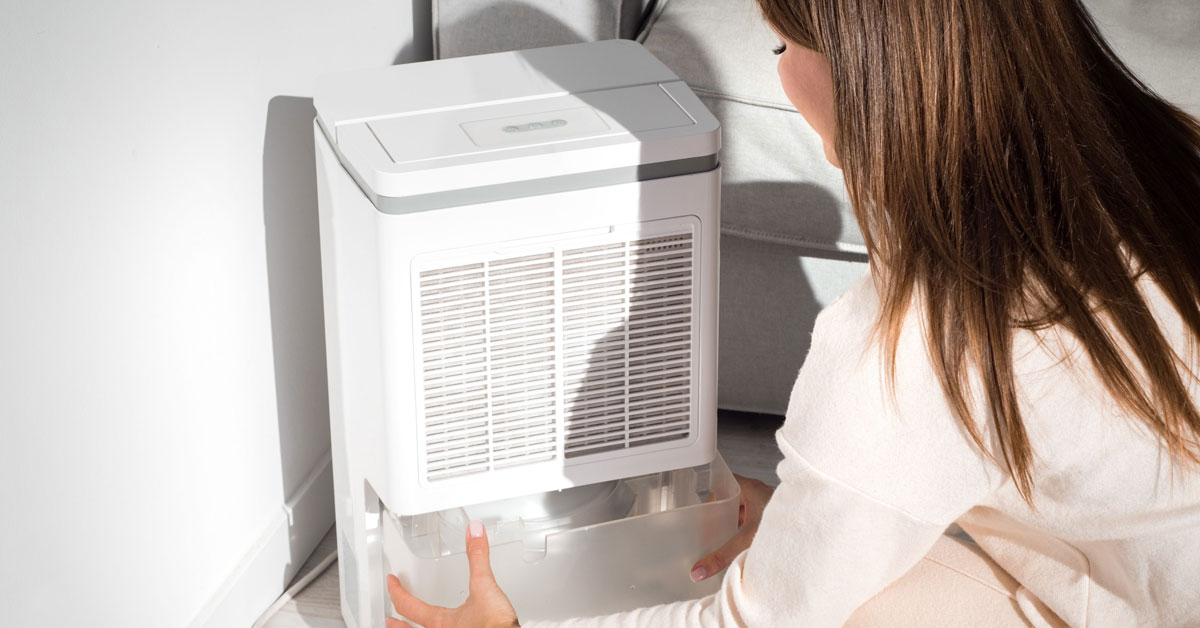Whether environmentally conscious or not, most people like to keep an eye out for air quality forecasts. From asthma attacks to allergies and skin flare-ups, it’s easy to see the direct impact air quality has on our lives. However, we rarely pay attention to indoor air quality. As a result, most people fail to take the necessary steps to improve indoor air quality.
Indoor Air Quality Matters
Ignoring indoor air pollution may be a significant weakness in your natural health plan. The average person spends most of their day indoors: whether sleeping, working, studying or relaxing at home, most of us need to deliberately plan to get outdoors for significant periods of time. Then, we are further advised to avoid going to parks or sports fields on low air quality days.
In reality, indoor air pollutants can have a similar effect on our health as outdoor pollution. This includes:
- Headaches
- Dizziness
- Sore throats
- Nasal congestion
- Recurrent asthma attacks
Prolonged exposure to poor indoor air quality can also increase your chances of developing respiratory cancer and heart disease.
More importantly, indoor air pollution matters because it can be more easily monitored. Outdoor air quality often escapes our personal scope of action: as much as we try, we cannot keep others from driving, and we cannot shut down nearby factories on our own. On the other hand, the air inside our homes does fall under our direct control.
Where does Indoor Air Pollution Come From?
Indoor air pollution can come from outside, through the occasional cracked window or faulty air conditioning unit. However, there are also many sources of additional pollution resting inside your home. Some appliances and cleaning products, as well as your furniture and carpet, can slowly leak chemicals into the air. Outdoors and away from people, this would not matter – but inside, they can accumulate, especially without proper ventilation and air changes inside.
Some of the primary contaminants to look out for include:
Radon
Radon is an odorless and colorless gas that forms naturally in areas where the soil is rich in uranium, thorium, or radium. Radon forms as these elements naturally degrade, and it often accumulates in bedrocks or underground watercourses. In some areas, radon can begin rising towards the surface, where it dissipates into the atmosphere.
However, when this dissipating radon enters a home, it may not be able to escape. In these cases, it can become dangerous. According to the Environmental Protection Agency, radon may be one of the most important causes of lung cancer among non-smokers.
Mold
Mold and mildew love indoor spaces, as they tend to be more humid and warmer. Mold reproduces via spores, which can then be inhaled and cause severe respiratory symptoms.
Some types of mold (such as toxic black mold) may require you to move or recruit a professional mold-killing service.
Combustion gases
Central heating systems and poorly maintained stoves can create two harmful gases: carbon monoxide and nitrogen dioxide.
- Carbon monoxide is not poisonous by itself, but it can be deadly if it accumulates inside an enclosed space. It can disrupt oxygen levels and cause hypoxia or damage the heart and brain. Any open flame produces it.
- Nitrogen dioxide is a strong irritant produced when kerosene or other chemicals burn. In the short term, it can cause an itchy nose and throat or watery eyes. Long-term exposure can cause chronic bronchitis.
Other volatile organic compounds
Volatile organic compounds (VOCs) encompass several chemicals used in household cleaners, which may affect health. These include dry-cleaned fabrics, paint, poor-quality incense sticks, mothballs, and insecticides.
7 Ways to improve indoor air quality naturally
These simple actions can prevent any of these chemicals from accumulating inside your home.
1. Ventilate
Extreme temperatures can make it tempting to shut all windows and let the A/C or central heating bring us back to a comfortable zone. However, proper ventilation is essential to keep indoor air at a healthy level.
Appliances like kitchen or bathroom exhaust fans can help you keep air moving in these specific areas. It would help if you also ventilated the other rooms in the house at least once every other day. For best results, try opening two opposing windows in the same area to create cross breezes and improve air flow.
2. Maintain your furnace and HVAC equipment
The filter in your furnace and air conditioning units are an ideal environment to trap pollutants and mold spores. This is because it is literally designed to trap particles in the air. Under normal circumstances, any particles trapped in the filter will not be recirculated into your home. However, if you don’t clean them regularly, they may end up doing the opposite.
3. Double-check your cleaning products
Some of the products you use to clean your home may be bringing additional pollutants into it. Some of the most common culprits include air fresheners or synthetic scents, carpet cleaners, and scouring powder.
4. Air out your dry cleaning
Ideally, you should replace your curtains and drapes with washable versions that don’t require dry-cleaning. If this is not possible, it’s best to not bring them back home immediately after pick-up.
Instead, hang them outside for a day, ideally somewhere breezy, before bringing them into your closet.
5. Keep chemicals away
Some sources of pollution are easier to identify, which makes it easier to keep outside. You should not smoke inside, nor allow guests to smoke inside the house.
If you need to keep paint or solvents at hand, try storing them at a separate shed or detached garage whenever possible.
6. Get filtering plants
Houseplants are one of the most efficient natural ways of filtering carbon monoxide and carbon dioxide out for your home. In addition, they will also improve your home’s oxygen levels.
Some of the best indoor plants for filtering air include ferns and succulents, such as Boston fern (Nephrolepis exaltata), Aloe vera (Aloe barbadensis), and Snake plants (Sansevieria trifasciata). In addition, bromeliads (Bromeliaceae species) and jade plants (Crassula ovata) can remove pollution both indoors and outdoors.
7. Get a HEPA or PECO filter
Most people with asthma or respiratory allergies often use a HEPA filter to clean the air inside their house. This will be particularly important on “unhealthy” air quality days. If a HEPA filter is good, a PECO filter could be better. These filters can remove particles as small as .1 nm. Read this study to learn more. We recommend filters from MoleKule.







